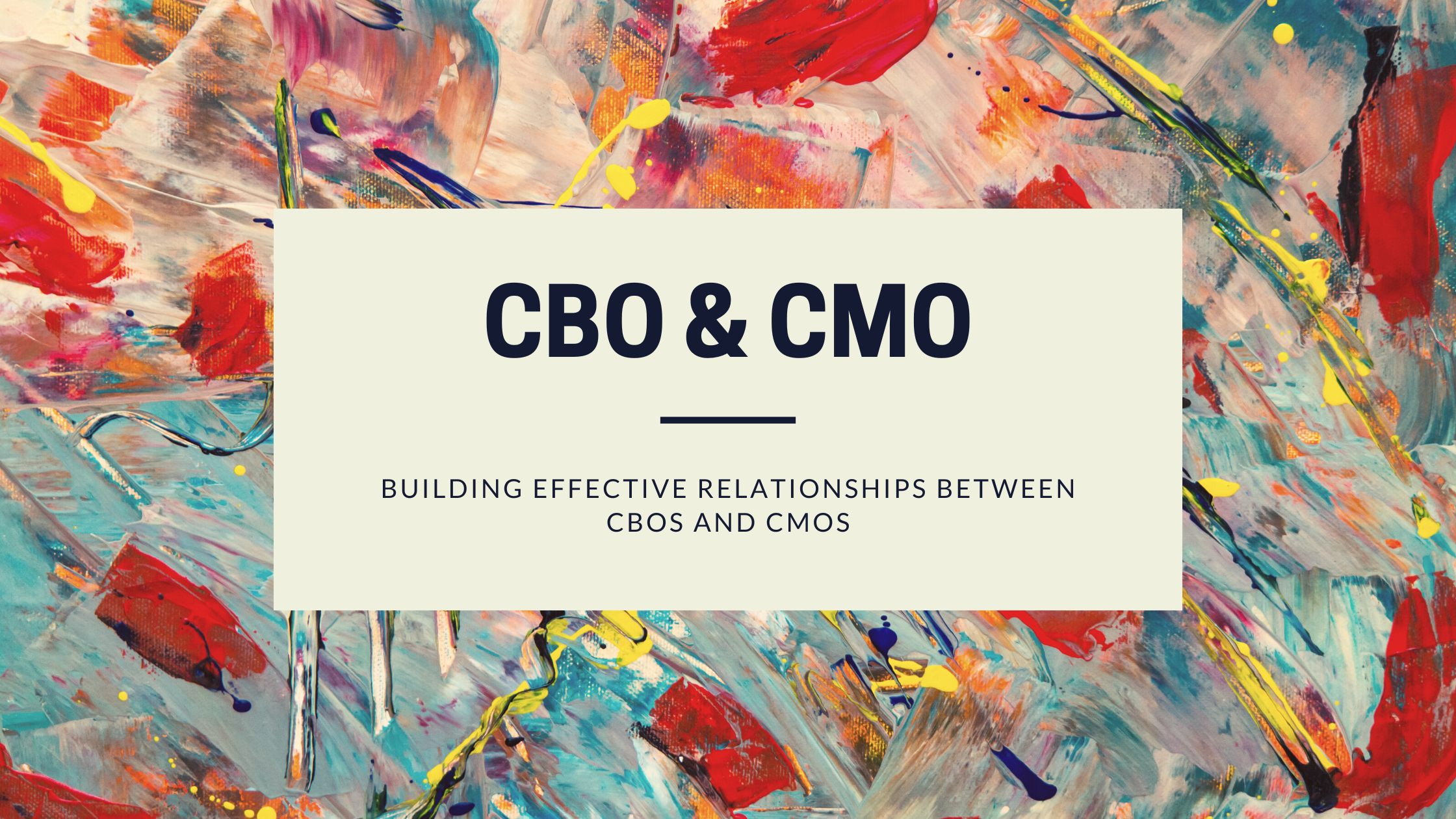Say you are a startup, who is looking to generate 6,000 signups by July, and convert 10% of those leads into users. Or perhaps you are looking for investors without the connections in place to approach one. In the past, the process of generating leads, -be it sales, biz dev, or angel investor- for a campaign was complicated, labor-intensive and downright inefficient. Luckily, the days of combing through the Yellow Pages to find potential clients and then calling them on the phone, only to be rudely rebuffed, are quickly fading into the annals of history thanks to a new set of online products that aim to automate these tasks to do the job for you. Today we’ll be talking about some of these services and how you can use them to make your life easier and your lead generation more fruitful.
- The first step of launching an automated campaign is to identify and compile your list of leads. While you could choose to complete this step manually, the amount of time and energy it would require to comb the web for leads, then organize them in an intuitive, easily-accessible way, would be tremendous. In lieu of completing this step yourself, then, why not use one of the numerous lead-generating products that have cropped up online in recent years? One of
 the best products out there to help you generate a list of leads based on industry and similarity to your target audience is called Aeroleads. Using Aeroleads, all you have to do is provide them with information about the kind of leads you’re looking for – so, COOs of Tech start-ups in Orlando, Florida – and they do the rest of the legwork for you, compiling an exhaustive list of leads that match your search criteria and providing you with their contact information. Limeleads is another popular product for this purpose. Of course, while neither of these two products are free, the amount of money they will save you in labor costs and the amount of money they stand to net you in revenue certainly puts their (relatively low) costs in perspective.
the best products out there to help you generate a list of leads based on industry and similarity to your target audience is called Aeroleads. Using Aeroleads, all you have to do is provide them with information about the kind of leads you’re looking for – so, COOs of Tech start-ups in Orlando, Florida – and they do the rest of the legwork for you, compiling an exhaustive list of leads that match your search criteria and providing you with their contact information. Limeleads is another popular product for this purpose. Of course, while neither of these two products are free, the amount of money they will save you in labor costs and the amount of money they stand to net you in revenue certainly puts their (relatively low) costs in perspective. - The next step of your automated campaign is to verify that the contact information the first step has netted you is correct, and that the e-mails you send out won’t just disappear into the ether, never to be seen or responded to. While there are a number of online services that you can use to do just this, BriteVerify is one option that does not require a download or installation. Using BriteVerify, or a service like it, allows you to upload a list of your leads and then sit back while the site makes sure that your list does not include any spam or bogus accounts.
- Finally, you’re going to want to launch the last – and most important – step of your automated campaign by actually sending out your e-mails. I recommend starting this process by using a semi-automated product, which will allow you to test out your e-mail and give you more flexibility with regards to the content that you are distributing. Make sure to keep your information relevant, and engaging. Infographics and visuals, when used properly, can be invaluable tools for drawing in the right kinds of prospects that are engaged in the same thing you are. Then, when you’re satisfied with the content of the e-mail and ready to launch your campaign, you can switch over to a fully automated service, like Quickmail. At this point, go ahead and set up your account to send out a high volume of e-mails (choosing how many based on the rate at which you’ll be able to answer them) with a personalized touch that will net you more clients than a standard boilerplate cold e-mail ever would.
Performing your due diligence when it comes to launching an automated campaign will make the execution of that campaign that much smoother and more rewarding. And when it comes down to it, the ability to outsource these steps to the products we’ve covered in this article will afford you the time you need to convert those leads into the viable, long-term clients that you’ve been hoping for.




